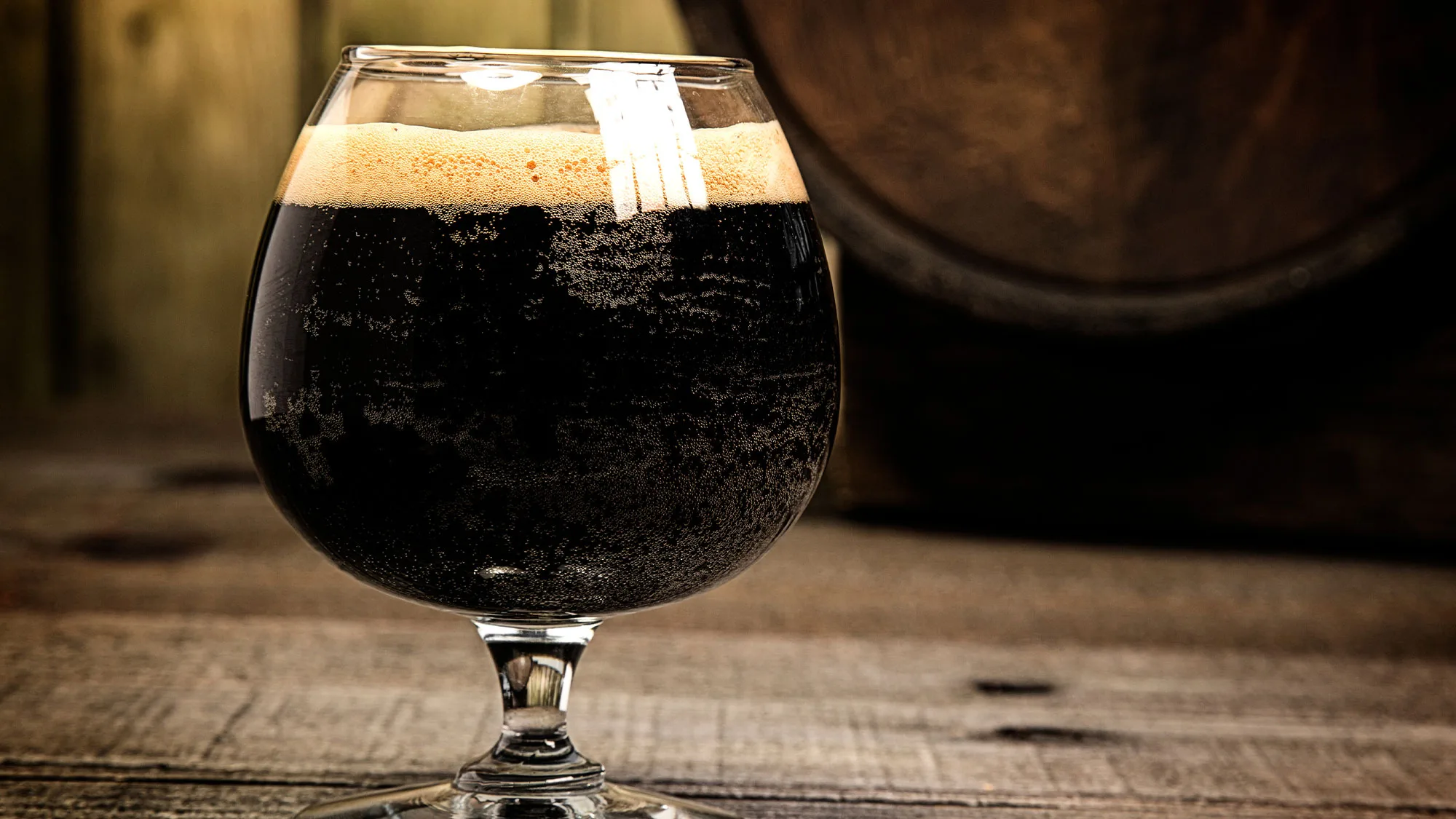Sometimes, terms become so commonplace that we take them at face value, and without giving too much thought to how they came to fruition. Take, for example, the Russian imperial stout — a beer style synonymous with the ominous jet-black, velvety, and rich brews that break through the double-digit ABV threshold. Along with sours and IPAs, Russian imperial stouts (RIS) have become one of the most coveted styles on the American craft beer market. We’ve seen ones touting a laundry list of adjuncts, from peanut butter, coffee, and cinnamon to potato chips; some that have spent a few years in bourbon barrels; and others in their pure, unadulterated glory. When we really break down the term, though, the name doesn’t totally add up. Stout? Sure, like Guinness. Imperial? Makes sense, high-ABV like an imperial IPA. And Russian? Surely they must have been invented in Russia. Well, as it turns out, that’s not the case.
From Porter to Stout
The origins of the Russian imperial stout are a bit shaky. The supposed story begins in 1698, when a young Peter Alekseyevich Romanov — who went on to become Peter the Great, Tsar of Russia — visited England and fell in love with stouts. However, historical evidence clashes with this theory, as actual records of the first porters and stouts didn’t appear until the 1720s. It was in 1721 that porters were first brewed in the U.K. as a darker, more robust version of an English brown ale designed to warm up







